8 min to read
Endangered Birds Need Your Help: How to Make a Difference for the Environment and Yourself
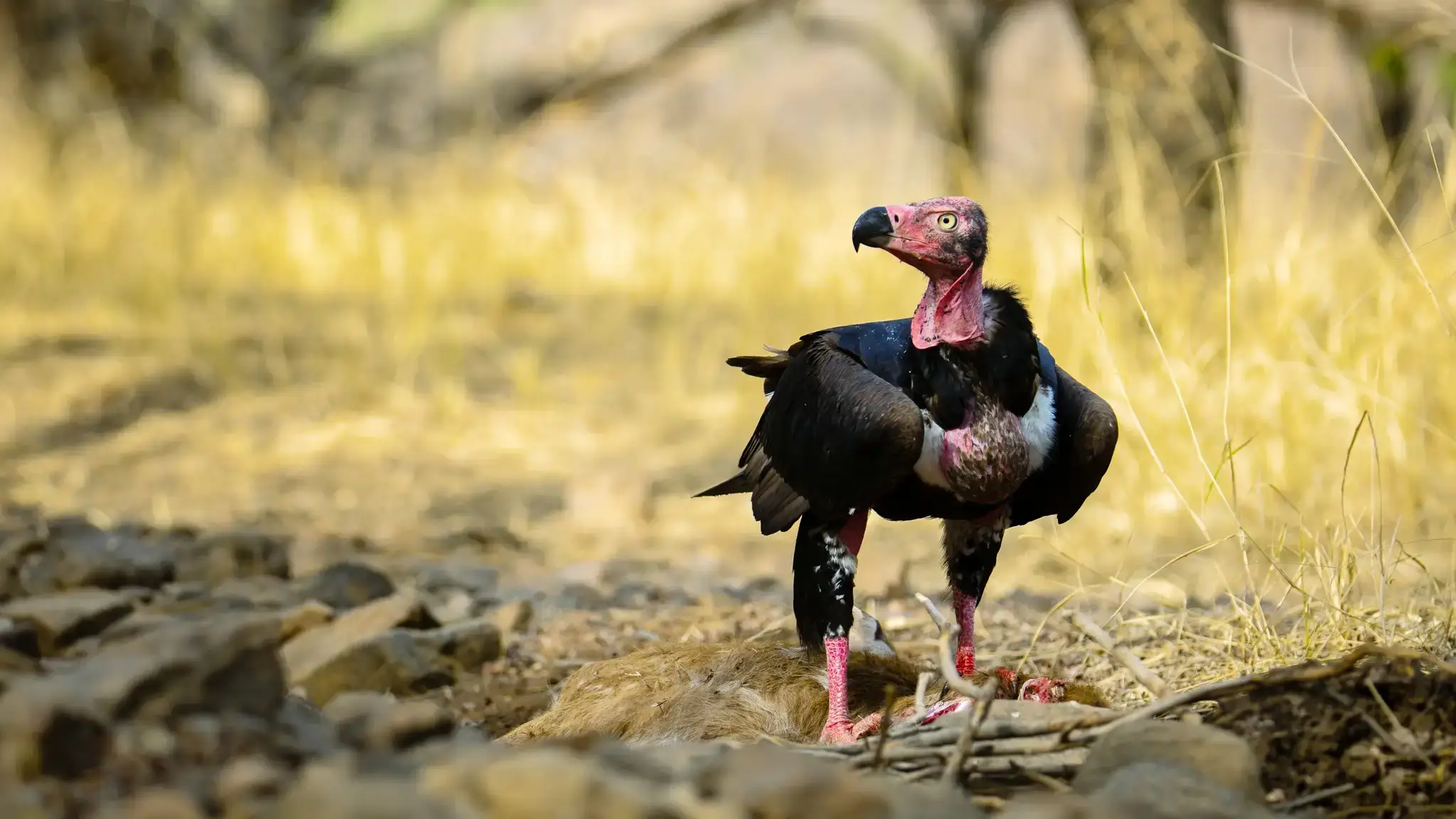
Birds are among the most diverse and beautiful creatures on Earth. They play vital roles in ecosystems, pollinating plants, dispersing seeds, controlling pests, and providing food and shelter for other animals. However, many bird species are facing serious threats from habitat loss, climate change, invasive species, hunting, and pollution.
In this blog post, we will share some simple and effective actions that you can take to make a difference for endangered birds. Whether you are a bird lover, a nature enthusiast, or just a concerned citizen, you can contribute to the conservation of these amazing creatures and their habitats.
Table of Contents
- Table of Contents
- Causes and consequences of bird extinction
- IUCN Red List of Threatened Species
- How to identify endangered birds
- Endangered Birds in India
- How to help endangered birds
- Conclusion
- Summary and Key Points
- Reference
Causes and consequences of bird extinction
Bird extinction is primarily caused by the loss of habitat due to human activities such as agriculture, logging, mining, and urban development. Additionally, other threats include hunting, pollution, invasive species, and climate change.
The decline in bird populations significantly impacts the natural world and human society. Birds play a crucial role in pollination and seed distribution, as well as pest control and providing nourishment and refuge for other creatures. Additionally, they bring delight and motivation to countless individuals worldwide.
IUCN Red List of Threatened Species
The IUCN Red List is a comprehensive database of species that are at risk of extinction.
According to the International Union for Conservation of Nature (IUCN) 182 species of Indian birds are in the categories of Critically Endangered, Endangered, Vulnerable, and Near Threatened. These species are threatened with global extinction, and trade in these species is internationally banned. Many of these species are endemic to the Indian Subcontinent, which has special relevance for the conservation of birds in India.
These species are threatened with global extinction, and trade in these species is internationally banned. Many of these species are endemic to the Indian Subcontinent, which has special relevance for the conservation of birds in India.
Fortunately, there are ways that you can help protect and conserve these feathered friends.
How to identify endangered birds
Discovering endangered birds can be done in a variety of ways. You may choose to explore your nearby surroundings or utilize digital resources to determine which bird species are endangered in your area. Another option is to participate in birdwatching clubs to gain knowledge from seasoned bird enthusiasts.
If you are not sure about the identification of a bird, you can take a photo and upload it to an online forum or social media group for help. You can also consult a field guide or a birding app to identify the bird.
Endangered Birds in India
Some of the most endangered birds in India are listed below. The survival of these birds is at risk as their habitats are being destroyed, they are being hunted, and other human activities are threatening their existence.
Indian Vulture
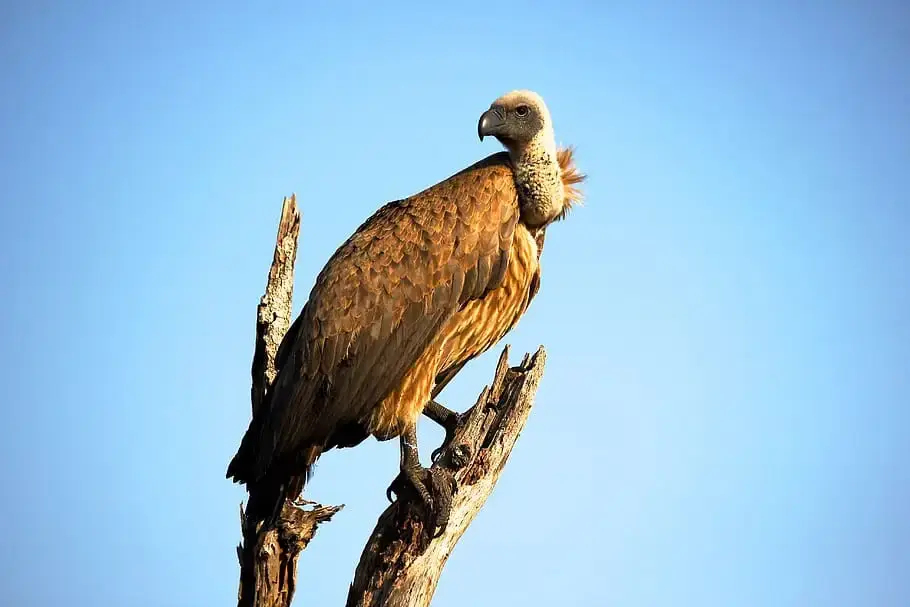
Indian Vulture | credit: wallpaperflare.com
The Indian vulture is a medium size but bulky scavenger bird which belongs to the Accipitridae family. It’s also an endangered species because of poisoning incidents, pesticides, and livestock medications such as diclofenac and is mostly found in India, Pakistan, and Nepal. It’s classified as critically endangered by the IUCN and there are 30,000 only left in the world and its population is decreasing rapidly.
Himalayan Quail
The Himalayan Quail is medium size bird that belongs to the Phasianidae family. It’s a very rare and endangered bird. Although it hasn’t been seen for a long time it’s believed that it still survives in the Himalayan region.
Siberian Crane
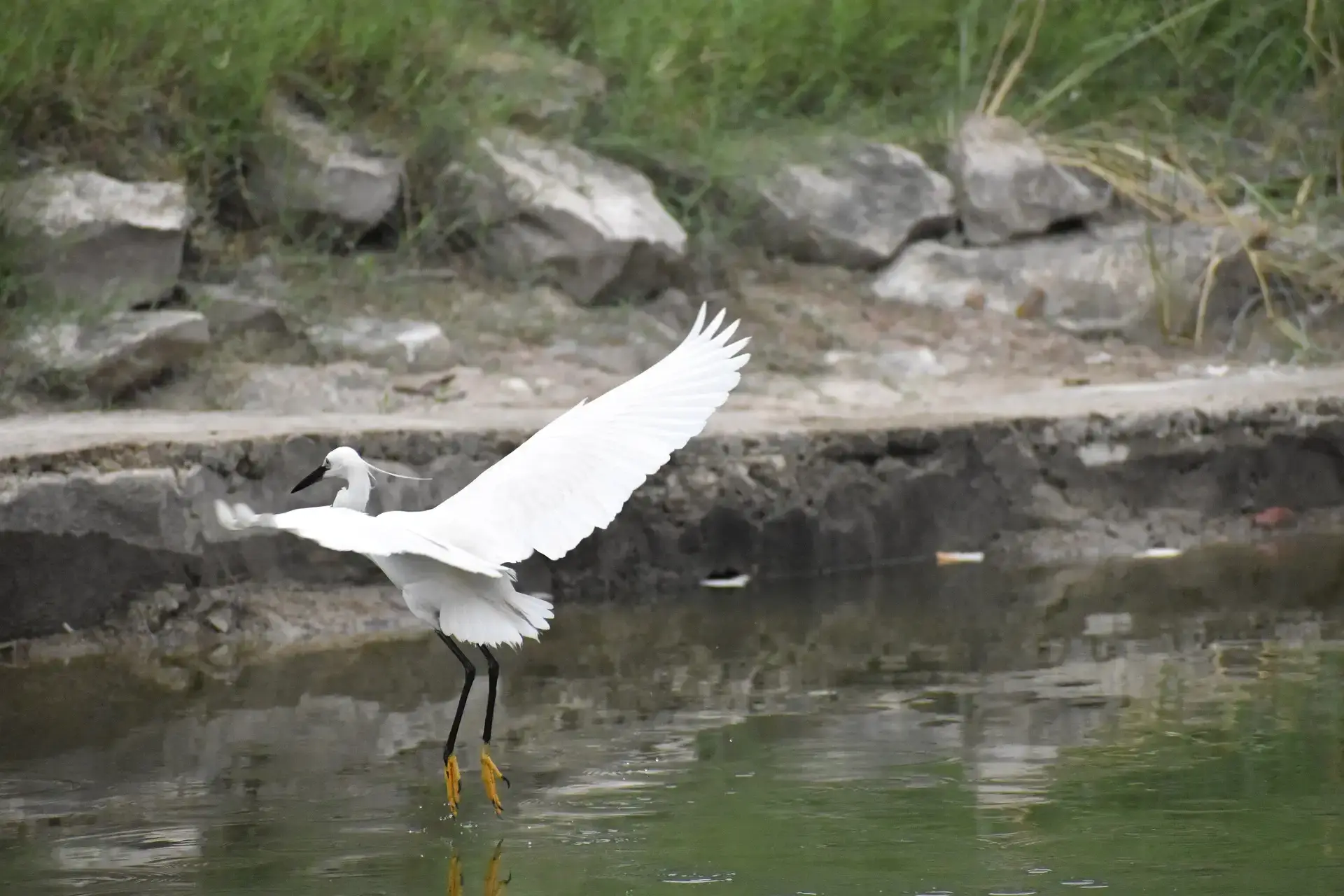
Siberian Crane
Crane belongs to the Gruidae family with long necks and legs. It’s one of the most endangered birds in India. It’s mostly found in the wetlands of Siberia and migrates to India in winter and can be spotted in Keoladeo National Park in Rajasthan.
Great Indian Bustard
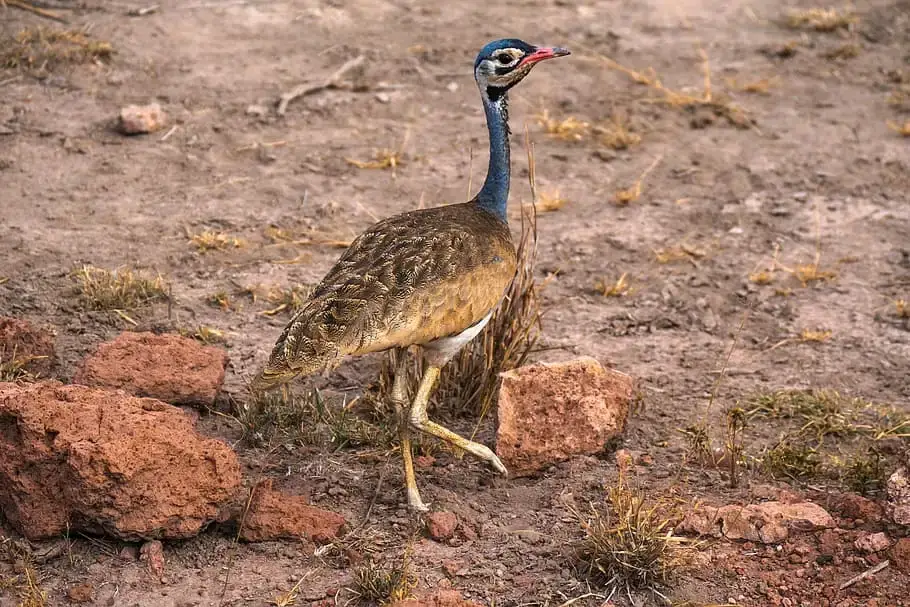
Great Indian Bustard | credit: wallpaperflare.com
Great Indian Bustard belongs to the Otididae family and it’s an endangered species mainly because of hunting and electrocution. It’s one of the heaviest flying birds in the world. It’s mostly found in the grasslands of India and can be spotted in Rajasthan, Gujarat, Maharashtra, Karnataka, Andhra Pradesh, and Madhya Pradesh.
Red-headed Vulture

Red-headed Vulture | credit: wallpaperflare.com
The red-headed vulture belongs to Accipitridae. vultures were one of the most common birds in India but now it’s an endangered species because of poisoning incidents, pesticides, and livestock medications such as diclofenac.
How to help endangered birds
There are many ways that you can help endangered birds. Here are some of the most effective actions you can take to make a difference for these amazing creatures.
Create a bird-friendly backyard
You can attract and support birds in your backyard by providing them with food, water, shelter, and nesting sites. You can plant native trees, shrubs, flowers, and grasses that offer food and cover for birds. You can also install bird feeders, birdbaths, nest boxes, and roosting boxes that cater to different bird species.
Keep your backyard clean and safe from predators, such as cats, dogs, raccoons, and squirrels.
Reduce your environmental impact
Many of the threats that endanger birds are caused by human activities that degrade the environment. You can reduce your environmental impact by adopting more sustainable habits in your daily life.
For example, you can use less energy and water at home, switch to renewable sources of energy, recycle and compost your waste, avoid using pesticides and herbicides in your garden, buy organic and fair-trade products, and choose eco-friendly transportation options. These actions will not only benefit birds but also other wildlife and humans.
Support bird conservation organizations
Many local, national, and international groups work tirelessly to protect and restore bird habitats, monitor and research bird populations, advocate for bird-friendly policies, and educate the public about bird conservation.
Support their efforts by donating money, volunteering your time, or joining their campaigns. Some of the most reputable organizations include
- BirdLife International
- Audubon Society
- American Bird Conservancy
- World Wildlife Fund
- The Nature Conservancy
- The International Union for Conservation of Nature
Advocate for bird conservation
You can use your voice and influence to raise awareness and demand action for bird conservation. Write letters or emails to your elected representatives and urge them to support legislation that protects birds and their habitats.
Sign petitions or join campaigns that call for more funding and resources for bird conservation.
Spread the word about bird conservation through social media, blogs, podcasts, or other platforms. You can also encourage your friends and family to join you in taking action for birds.
Enjoy birds responsibly
One of the best ways to appreciate birds is to observe them in their natural habitats. You can go birdwatching in your local park or nature reserve or join organized trips to see more exotic birds in other regions or countries.
However, you should always follow the principles of ethical birdwatching that respect the welfare of birds and their environment.
For example :
- Keep a safe distance from birds and avoid disturbing them or their nests.
- Avoid feeding or touching wild birds or taking their feathers or eggs as souvenirs.
- Follow the rules and regulations of the places you visit and respect the rights and cultures of the local people.
Conclusion
Birds are wonderful and important members of our planet’s biodiversity. They need our help to survive and thrive in a changing world. By learning about them, supporting conservation efforts, reducing our impact, creating bird-friendly spaces, and speaking up for them, we can make a difference for endangered birds. Let’s do our part to protect these amazing creatures!
Summary and Key Points
Here are some of the key points from the article:
- Endangered birds are facing a number of threats, including habitat loss, climate change, and hunting.
- There are a number of things that you can do to help endangered birds, including:
- Supporting conservation organizations that are working to protect endangered birds.
- Educating yourself and others about the threats facing endangered birds.
- Making changes to your lifestyle to reduce your impact on the environment.
- Even small actions can make a difference in the fight to save endangered birds.
Reference
The following are the references and further reading on the topic.
Awareness is the first step towards conservation. Share this article with your friends and family members to create awareness.

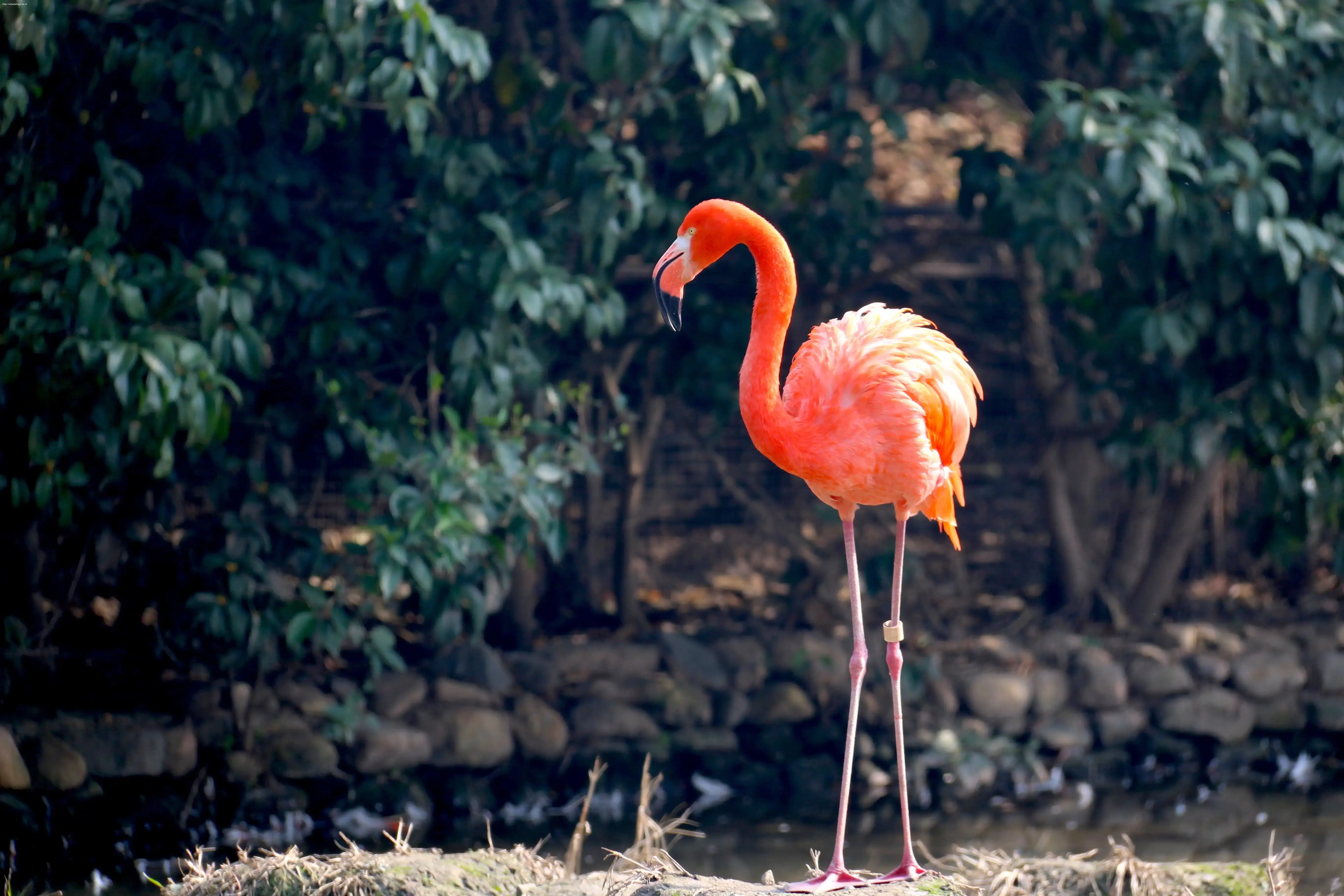
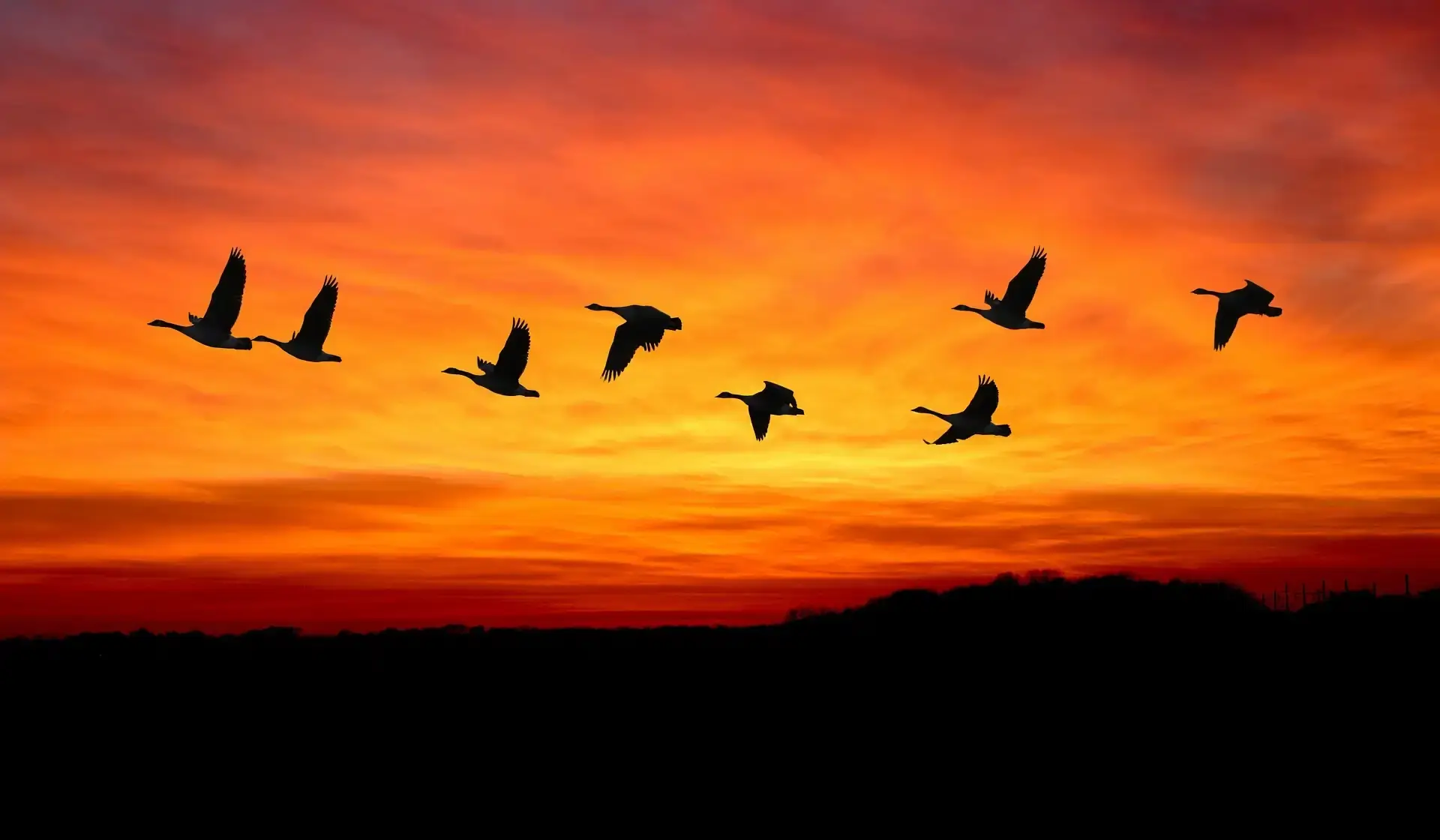

Comments